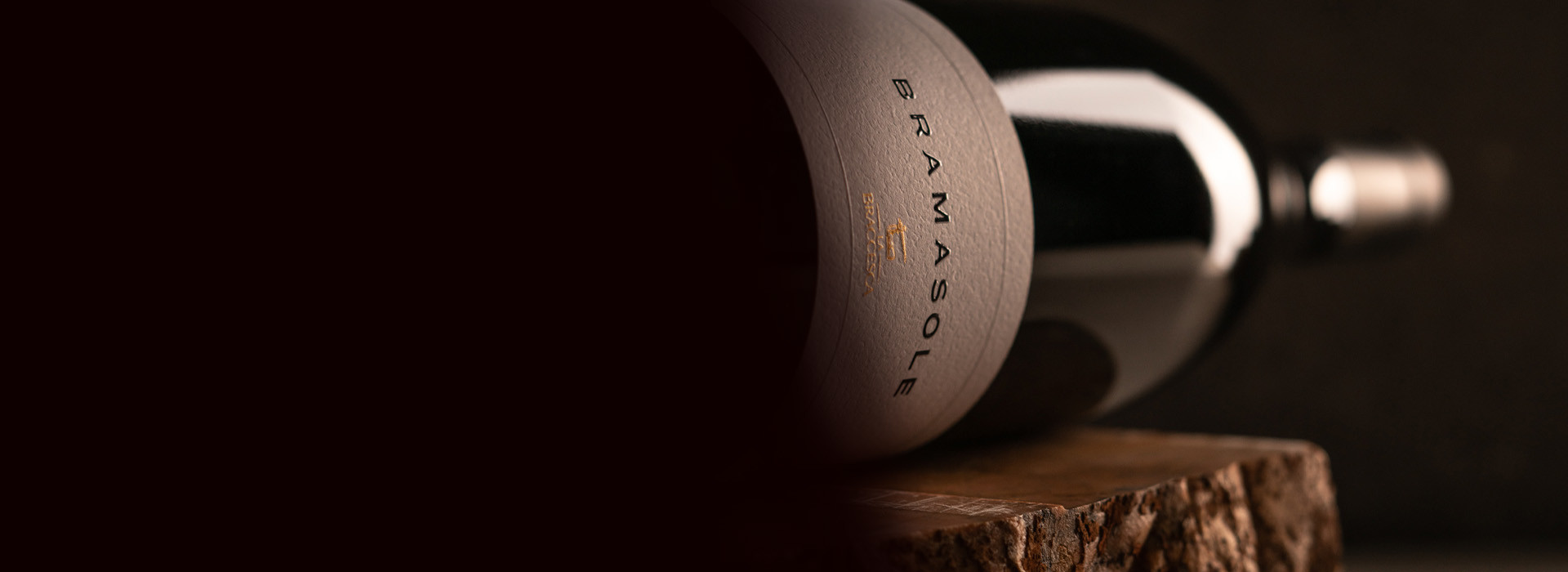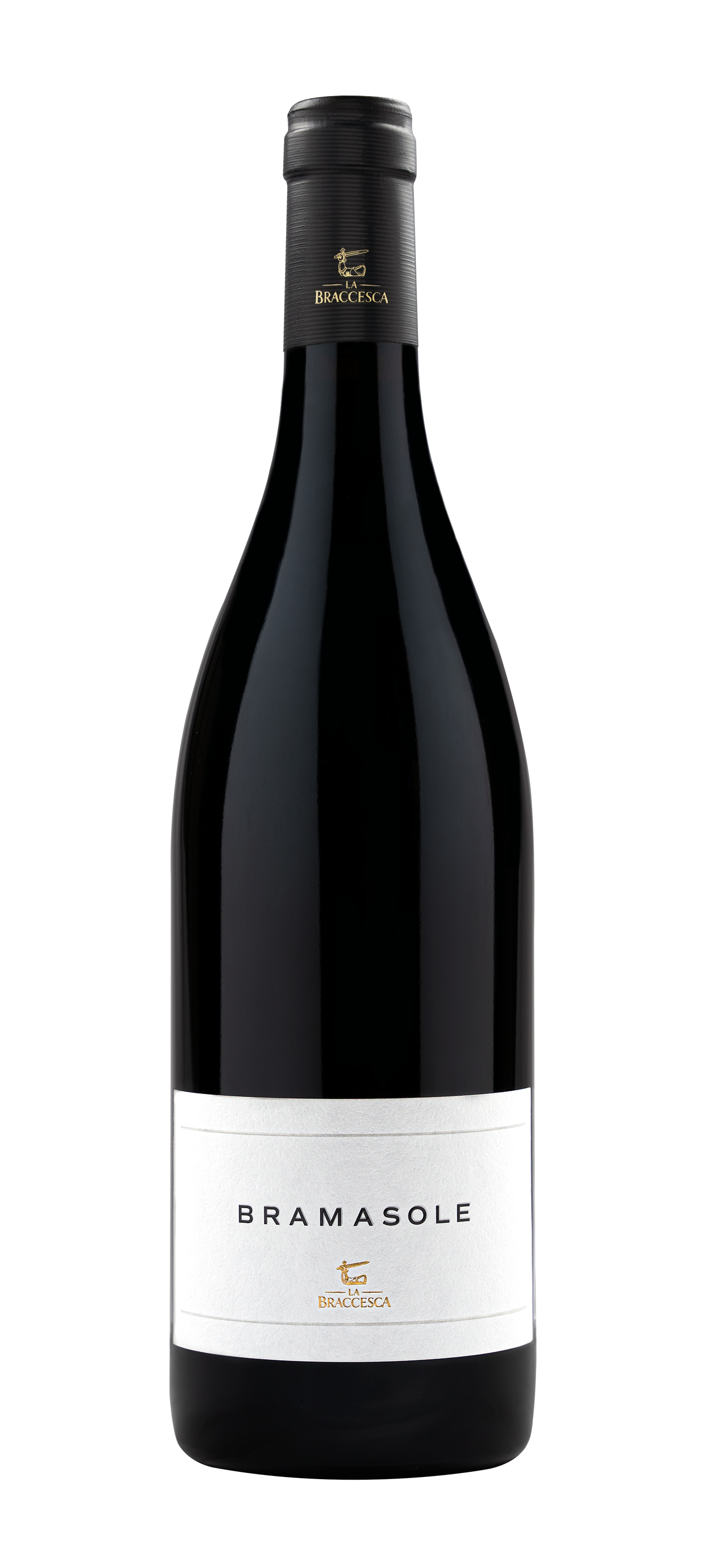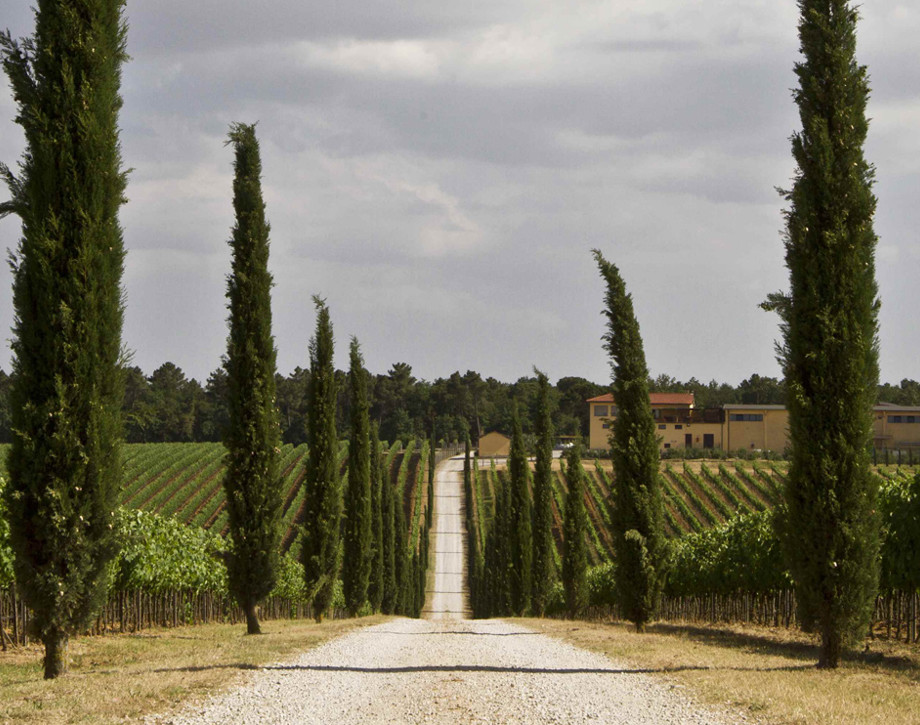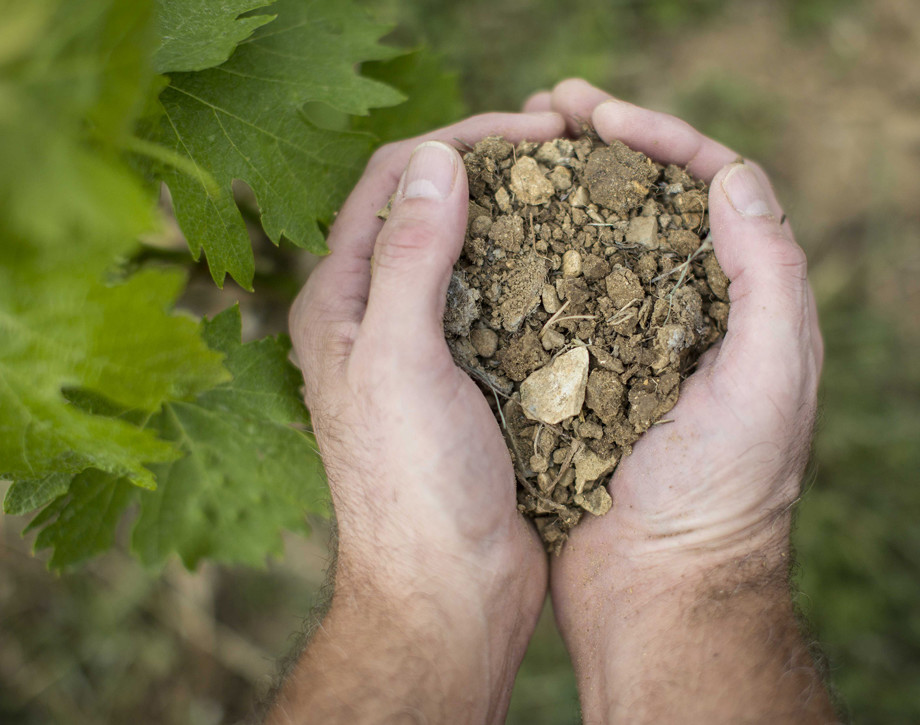Bramasole

The Wine
Bramasole is made from the sunniest part of the vineyard, from the Antinori family’s innovative spirit and from one of Cortona’s best areas for producing premium quality Syrah. Bramasole is a wine able to evolve over time and reflect this territory and its long-standing winemaking traditions using a new untraditional variety. The first vintage to be produced was the 2000 vintage.

The Wine
Bramasole is made from the sunniest part of the vineyard, from the Antinori family’s innovative spirit and from one of Cortona’s best areas for producing premium quality Syrah. Bramasole is a wine able to evolve over time and reflect this territory and its long-standing winemaking traditions using a new untraditional variety. The first vintage to be produced was the 2000 vintage.

Climate
Winter began with mild weather with higher-than-average temperatures and abundant rainfall that provided excellent groundwater reserves. In general, the spring season was dry, especially during the month of March, presenting excellent conditions for soil management while prompting budbreak 10 days earlier than average, which began on April 6th. A sudden cold spell the night of April 8th caused a significant reduction in yields but did not adversely affect the future quality of the fruit. Flowering took place later than usual, during the final days of June, when daytime weather was hot and sunny. Summer brought dry conditions and higher-than-average temperatures that ensured the fruit was well-balanced and fully ripe. Harvesting activities of Syrah for Bramasole took place on September 25th.
Vinification
Upon arrival in the cellar, harvested grapes were destemmed and gently crushed. The must was transferred into stainless steel tanks and underwent alcoholic fermentation at a controlled temperature 28 °C (82 °F). Maceration on the skins took place over a period of approximately 15 days with gentle mechanical techniques to enhance the extraction of aromatic compounds and soft supple tannins. The wine was transferred into second fill French oak barriques where malolactic fermentation took place, followed by a period of aging of about 12 months in both new and second fill oak. Bramasole was bottled in spring 2023.
Historical Data
The estate’s name comes from the historical farm that once stood there, owned by the Count of Bracci, whose coat of arms appears on the estate’s logo; an arm covered with armor brandishing a sword. The property extends over an area of 508 hectares (1255 acres) and the vineyards cover an area of 340 hectares (840 acres) divided into two blocks: the first is 366 hectares (904 acres) of which 237 (585 acres) are planted with vineyards and is located on the border between the cities of Montepulciano and Cortona. The other block is 142 hectares (350 acres) of which 103 (254 acres) are planted with vineyards, it extends all the way to Montepulciano encompassing three of the most famous parcels of land known for the production of great red wines: Cervognano, Santa Pia and Gracciano. Bramasole is made from the sunniest part of the vineyard in one of Cortona’s best areas for the production of premium quality Syrah. Bramasole is a wine able to evolve over time and reflect this territory and its long-standing winemaking traditions using a new untraditional variety. Bramasole’s first vintage was 2000.
Tasting Notes
Bramasole is a deep red color with purple hues. The nose is complex and fresh with notes of cherries, blackberries and plums that blend with hints of pepper and licorice and are accompanied by impressions of vanilla and violets. The palate is elegant, mouth filling and defined by supple compact tannins. The aftertaste is long and spicy with interesting hints of vanilla.

Tenuta La Braccesca
La Braccesca spreads over 508 hectares where the ancient farm of the Bracci counts once stood, hence the name of the estate and its coat of arms: an arm covered in armour holding a sword. Since 1990 the Marchesi Antinori have owned the estate. The total surface area of the vineyards is 334 hectares divided into two parts: the first, of 232 hectares is located on the border between the municipalities of Montepulciano and Cortona. The other body, 102 hectares of which are planted with vines, extends as far as Montepulciano between three of the most renowned sub-zones for the production of great red wines: Cervognano, Santa Pia and Gracciano.

Soil
Clay loam
















